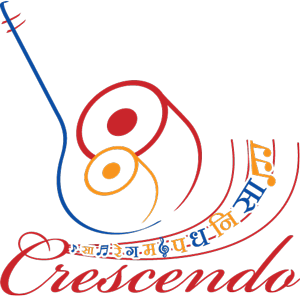| Sarangi | |
|---|---|
| Picture | Please login to view this information |
| Instrument Type | String |
| Description | The Sarangi, a fretless bowed instrument, has a very distinctive, rich and a rare emotive tonal quality. It has its origins in the folk music instruments of Rajasthan. There are many varieties of Sarangis still in vogue in Rajasthan. It was in the late 18th century, with the advent of Khayal singing, that Sarangi as we know it today came to be used as accompaniment. It was observed that it could produce almost all the nuances of the human voice. Unfortunately because of its association with the Nautch girls and the Kothas, this beautiful instrument and its players had had to suffer social stigmas for a very long time. The 20th century dawned before Sarangi and its practitioners finally got the status and respect they deserved. It was through the efforts of Pt. Ram Narayan that Sarangi attained the status of a solo instrument. Sarangi is a very complex instrument to master. The 3 main strings are gut strings and are very thick. They are stopped by the cuticles of the fingernails. It is carved out of one block of wood. The lower portion is covered with parchment to form the main resonator. This is the Pet or belly. This part is hollowed out from the front where as the nek, Chhaati and head i.e. the peg box, Magaz are hollowed out from the back. A bridge, Ghurach, is placed on the middle of the main parchment covered resonator. It has a leather strap at the bottom to support it. This strap, Tasma, is firmly nailed to the sides. Three rows of small pegs are inserted on the right side of the neck for sympathetic strings. The two back rows of fifteen main sympathetic strings are tied diagonally on the neck under the three main strings. The front row of pegs tunes the right hand set of sympathetic strings which run almost vertically down the right side of the neck. Eleven pegs mounted on the peg box have 11 resonance strings running through them. They are passed through the Taargharan upper nut and are stretched over two small bridges called Ankh. These are metal wires. But the main playing strings are made of goat's intestine. Several guts are wound together to form thick strings. The first is tuned to the tonic, the next to Pancham and the third to the lower tonic. The main bridge is designed in the shape of an elephant. The others are small rectangles. All strings, main and sympathetic, pass through this main bridge. The main pass over the bridge and the rest pas through holes drilled at the base of the bridge. The lower row has 25 strings and the upper has 11. The bow or Gaj is curved made from horse hair. The nut is fixed in position by a strong thread tied in a crisscross fashion a small wooden tuning handle is used to tune the sympathetic strings. The tuning of the sympathetic strings: The upper eleven are tuned to the main Raag to be played. The 15 left are tuned to the Thaat. The rest of the nine strings are tuned to the main or important notes in the Raag. Sarangi-s are usually tuned to C, F or F sharp. |
| Exponents | Please login to view this information |
|
|



